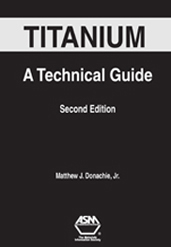Technical Paper
pCBT: A New Material for High Performance Composites in Automotive Applications1
2004-10-26
2004-01-2698
Cyclic oligomers of butylene terephthalate (CBT™)† represent a new chemical route to semi-crystalline thermoplastic polybutylene terephthalate (PBT). The oligomers of interest melt completely at about 150°C to produce a low viscosity fluid that is ideal for wetting and dispersing fibrous fillers and reinforcements thereby enabling the development of composites that were previously not possible when working with high viscosity commercial PBT. Introduction of catalyst to undiluted molten cyclic oligomer leads to rapid ring opening polymerization and the formation of high molecular weight thermoplastic PBT without the generation of volatile organic compounds. The polymer resulting from this polymerization will be hereby referred to as pCBT. Treatment of cyclic oligomers in this fashion results in pCBT thermoplastic resin with a high melting point (230°C) and physical performance similar to that of other commercially available PBT resins.


